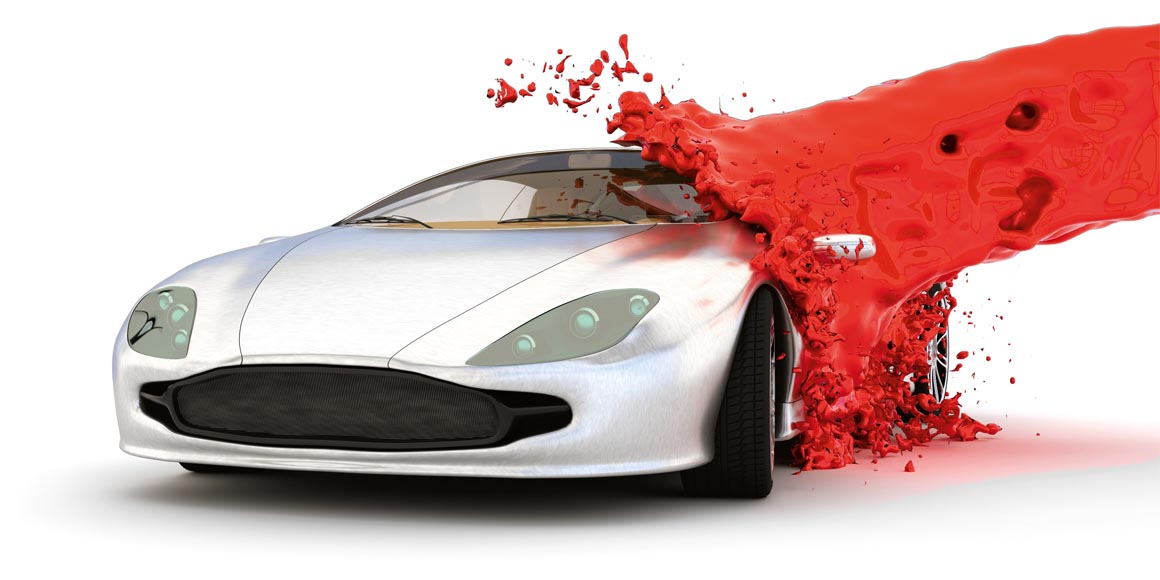Multi-angle Color & Effect
BYK-mac i
Product Info
"The first step is always the hardest." This also applies when formulating a coating. The application of the final finish determines the selection of the raw materials. Not only are mechanical properties like abrasion resistance and adhesion important, but also optical attributes like color, gloss and opacity; and one cannot forget the overall costs of the formulation. In order to guarantee consistent quality a routine quality control system needs to be established at the very first production step.
Paint is a liquid or powdery coating that is applied on objects as a very thin layer. By means of chemical or physical processes, it converts to an adherent film. Paint normally consists of the following components:
Pigments are fine solid particles, which are substantially insoluble in the vehicle. They ensure hiding of the background and generate the color impression. In modern industrial coatings, solid absorption pigments, as well as metallic and pearlescent pigments are used.
Metallic pigments are very thin platelet-shaped particles made out of aluminum or bronze. They act like small mirrors and directly reflect the light causing a light-dark flop when changing viewing angle. Depending on the aluminum granulates and the process used, either irregular Cornflakes or round Silver Dollar particles are formed. Their properties, such as brilliance (sparkle and metallic gloss), flop, distinctness of image etc., are influenced by particle size / shape, particle-size distribution and smoothness of the surface. The coarser the pigments and the rounder their shape, the higher the proportion of reflected light and, thus, the more the metallic look is pronounced.
In the graph below a comparison of three silver dollar pigments with different flake size (25 μm – 34 μm – 54 μm) is shown. Visually, the silver finish with the coarser aluminum pigment appears more sparkling under direct illumination and grainier under diffused lighting. The BYK-mac i data correlate with the visual judgment: sparkle area, sparkle intensity and graininess increase with flake site.
Pearlescent pigments usually consist of a transparent core material that is covered with different layers of metal oxide. A trick copied from nature is used: White light is refracted at the boundary layers and dispersed into its component – the colors of the rainbow. This causes an extraordinary color travel effect that depends on the differences of refractive indices between core material and metal oxide layer, the thickness of the metal oxide layer and the viewing angle. Typically the interference color can be seen on the opposite side of the specular reflection. Therefore, the BYK-mac i uses an additional measurement angle at -15°. The a*b*-chart on the right shows measurement data of the pigment Colorstream® Viola Fantasy. The color changes from purple to green. With the traditional multi-angle spectrophotometers (blue line) the shift to green cannot be captured. Only by taking an additional reading at -15° “behind” the gloss, the numbers agree with visual perception.
The color change from purple to green can also be seen in the spectral curves. It is typical for a pearlescent pigment that when using the same illumination angle, but taking readings at -15°, the reflection maximum is shifted to shorter wavelengths compared to the 15° measurement angle. Therefore, in this case, the color appears green.